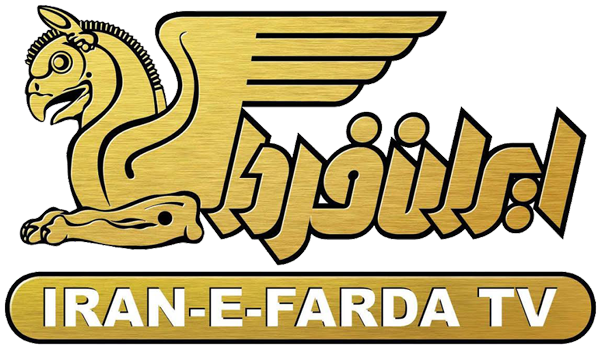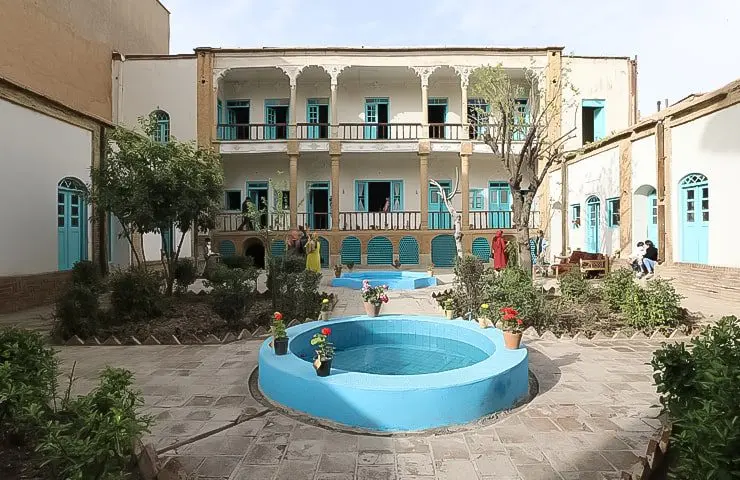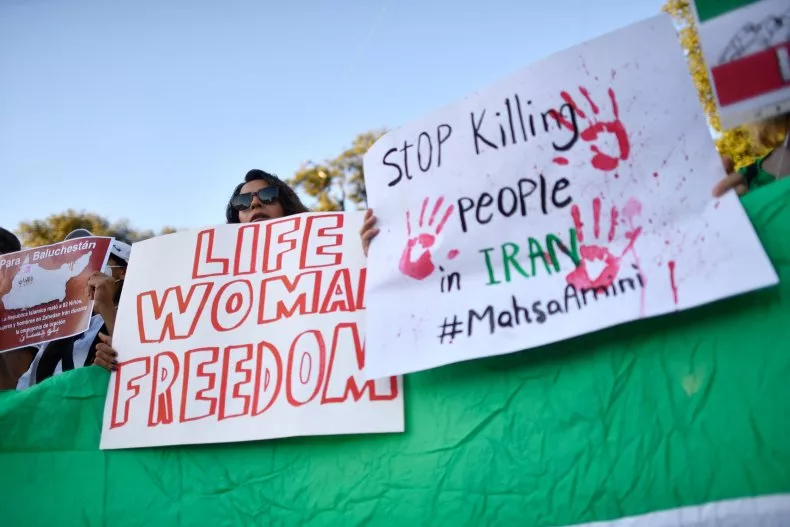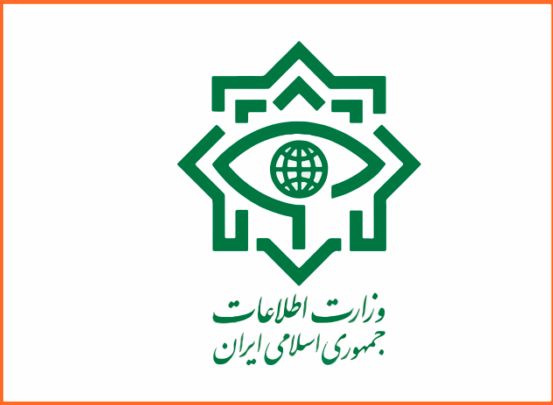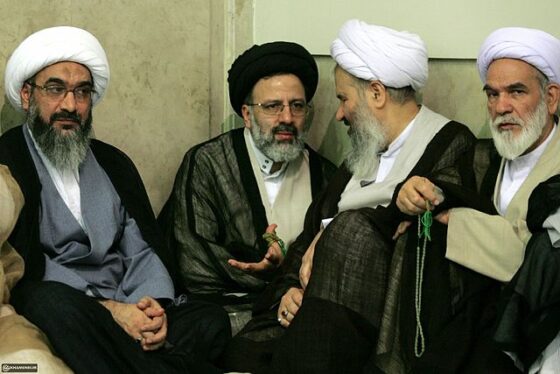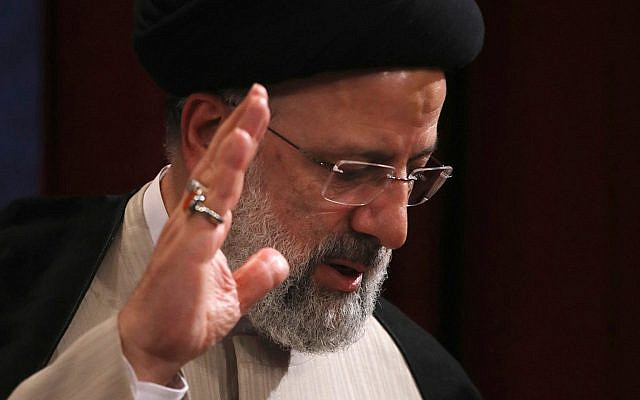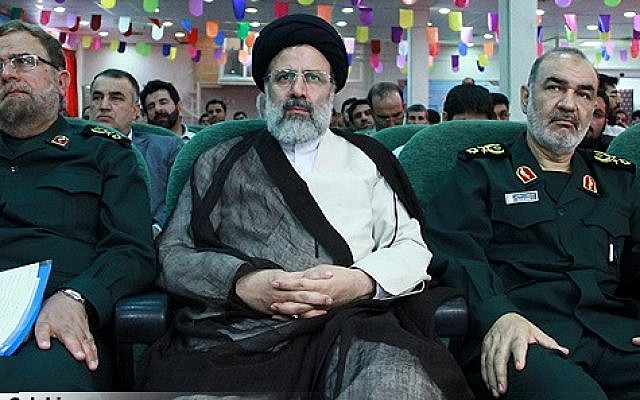The Geopolitical Roots of Iran’s Economic Crisis
Published on: 2020-12-09
By: MAHDI GHODSI & ALI FATHOLLAH-NEJAD – 30 November 2020
Iran’s economic crisis remains heavily connected to its enmity with the United States. The best tool for economic diversification and sustainable development is an end to the four decades of animosity between Tehran and Washington.
The Covid-19 pandemic has deteriorated Iran’s already ailing economy, yet the country’s economic crisis is rooted in factors beyond the pandemic’s fallout. Since the United States’ 2018 withdrawal from the Join Comprehensive Plan of Action (JCPOA), it has become clear that Iran’s economic woes—especially its currency devaluation—are strongly correlated with key political and geopolitical events. The volatility in the exchange rate and Iran’s currency depreciation are signs of an unhealthy economy.
The enormous depreciation of the rial against other currencies over the past decade illuminates the deterioration of Iran’s terms of trade versus the rest of the world. A country’s exchange rate is an indicator of its economy’s performance and terms of trade with the global economy. Therefore, with better terms of trade, a country can export more sophisticated products and reach the path of sustainable development, experienced in many (re-)emerging and industrial economies.1 Iran’s trade balance should improve as a result of the nominal depreciation of a currency, making exported goods cheaper and leading to a rise in total exports. However, due to the rial’s depreciation, Iran’s imported goods become more expensive, leading to a decrease in imports. Yet, Iran depends on importing many sophisticated products such as pharmaceuticals, medical devices, and machineries—and a currency depreciation mostly results in more expensive supply of these products.
In addition, a high volatility of a country’s exchange rate usually causes instability in terms of trade. Iran’s exchange rate has been depreciating with a strong volatility during the past three years (see Fig. 1 below). This has caused a so-called asymmetric adjustment shock on the trade balance due to the rial’s persistent depreciations, and shortages and high prices in the supply of goods to Iran’s market.2
Iran’s national currency is one of the main indicators of Iran’s economic health, and since January 2018, the rial depreciated enormously against the U.S. dollar by 450 percent, from 42,880 rials to one U.S. dollar to 318,560 rials on October 18, 2020. While this is the market rate, major imports are financed by the official rate, which is fixed at 42,000 rials per USD from March 2019. The first major depreciation of the rial began in the months leading to the U.S. withdrawal from the JCPOA in May 2018 (see the orange vertical line in Fig. 1). In September 2018, the Central Bank of Iran (CBI) implemented measures to allocate currency for major imports through export revenues, using the official exchange rate (the blue vertical line in Fig. 1). This hindered the depreciation of the rial in the second (unofficial) market only for a short period, and the depreciation path again continued until Tehran lifted limits on its uranium enrichment on May 8, 2019 (the brown vertical line in Fig. 1). Then, the rial was slightly appreciating until November 13, 2019. On November 14, 2019, the Iranian administration cut the gasoline subsidy, which triggered massive nationwide unrest followed by a brutal crackdown. Since then, the rial has continued to lose value.
Figure 1 – Development of the nominal exchange rate between the U.S. dollar and Iranian rial
THE “MAXIMUM PRESSURE” CAMPAIGN
However, this depreciation of the rial against the USD is neither unprecedented nor unexpected. Iran has lost a great deal in export revenues due to the secondary U.S. sanctions re-imposed almost two years ago in May 2018. These secondary sanctions penalize firms from third countries that engage in business and trade with Iran. Thus, sanctions do not allow Iran to export easily. According to the World Bank, Iran’s economy is forecast to contract by 5.3 percent in its third year of recession, mostly due to the COVID-19 pandemic. Therefore, by the end of 2020, the size of Iran’s economy will be less than 83 percent of its 2017 level prior to the U.S. withdrawal from the JCPOA.
The U.S. “maximum pressure” campaign has decimated Iran’s oil exports, falling from 2.6 million barrels per day (bpd) in May 2018, to between 600,000 and 700,000 bpd for much of the current year.3 Despite the recent increase in hydrocarbon exports, Iran’s hard-currency revenues remain extremely strained, as problems in repatriating these funds persist. Iran has increasingly exported products and manufacturing to neighboring countries to finance its own imports. However, due to the coronavirus pandemic and border closures with neighboring countries, even these exports have been limited. As a result, Iran’s currency reserves are shrinking due to the reduction in exports, resulting in a substantial trade deficit. The CBI and the administration, which control these reserves, tried hard to keep the trade surplus for decades. Iran had enjoyed a current-account surplus until 2012, when international and UN sanctions paralyzed its international trade. The surplus had accumulated in currency reserves, but access to these reserves was impeded by international sanctions in 2012 and since 2018 by U.S. secondary sanctions. However, Iran relies heavily on imports, from primary livestock feed and food, to technologically highly advanced products like raw and bulk medicine, electrical appliances, ICT equipment, machineries and capital goods, and pharmaceutical equipment. Therefore, with the shortcomings of hard/foreign currency in Iran’s market, there is a direct push on demand for foreign currency to import needed products.
RISING GEOPOLITICAL TENSIONS
The second reason behind Iran’s troubled economic conditions is increasing geopolitical tensions. In addition to the hard-currency shortfall due to lack of export revenues, the International Atomic Energy Agency (IAEA) Board of Governors’ resolution against Tehran’s NPT (Non-Proliferation Treaty) Safeguards Agreement is another factor behind the depreciation of the rial. The first critical resolution against Iran since 2012, it lamented the “denial of access to two locations specified by the IAEA under the Additional Protocol and continued lack of clarification regarding Agency questions related to possible undeclared nuclear material and nuclear related activities in Iran.” Following the passing of the resolution, the rial encountered another sharp depreciation against the USD. The IAEA resolution prompted a capital flight through dollarization in the second market. This recalls a similar pattern following a previous IAEA resolution in October 2012. In May 2012, the market exchange rate was about 15,750 rials per USD—after the October 2012 resolution, the rate doubled to around 33,000 rials per USD. This was one of the sharpest depreciations of the Iranian currency over recent decades.
The Iranian rial hit another negative record in its value against the USD in September 2020, selling for 273,000 rials on the unofficial market, the day after President Trump announced that all UN sanctions on Iran were re-imposed. Again on October 1, Iran’s currency reached yet another new record low, standing at 300,000 rials against the U.S. dollar. Confirming the connection between the rial’s devaluation and geopolitical events, Abdolnaser Hemmati, governor of the CBI, said that the Trump administration’s September 29 announcement to “completely cut off Iran’s financial system” with a fresh set of sanctions had a “psychological effect” on the country’s foreign-exchange market. However, Hemmati also expressed optimism for the repatriation of some of Iran’s frozen assets (notably $3 billion from Iraq for electricity and gas exports as well as $7 billion from South Korea for crude oil exports), although without providing any concrete details.
Conversely, recent geopolitical events have had a positive impact
Conversely, recent geopolitical events have had a positive impact. In October 2020, the UN arms embargo against Iran was lifted, as envisaged in the JCPOA. Although this is unlikely to transform and modernize Iran’s military arsenal, it was celebrated by Iran as a political victory against the U.S. campaign of “maximum pressure,” improving expectations in Iran’s market. Almost immediately, the rial appreciated against the USD by about 10 percent (see the rightmost vertical line in Fig. 1). Moreover, the defeat of Donald Trump in the recent U.S. presidential election had an additional positive impact on Iran’s market: the rial briefly appreciated by another 10 percent. Those holding foreign currency as an investment supplied it immediately to the market in order to avoid further losses. Also, exporters injected more foreign revenues into the market. However, this situation remains unstable as Iran still faces a trade deficit as long as U.S. sanctions persist.
HARMFUL DOMESTIC POLICIES
The consequence would be called stagflation, in which both high inflation and recession take place at the same time
Inflationary pressure, a result of bad domestic policies, exacerbates the country’s economic downturn. Since the price of imported goods soared due to the depreciation of the rial, the government cannot finance its fiscal stimulus package, as oil revenues are blocked by U.S sanctions. To support its expenditure, the administration issued bonds through open market operations. These bonds may be added to previous government debt claimed by public institutions like the Social Security Organization. However, the rest of the government budget and the introduced fiscal stimulus to counter the pandemic should be financed by increasing the money supply. Because GDP is declining and the money circulating in the economy is increasing, the increased money supply directly results in higher prices. Consequently, in an economy with increasing inflation, and with a nominal interest rate smaller than the inflation, savings will not be invested in banks while capital flies away to unproductive and speculative investments in the foreign-currency market and the Tehran Stock Exchange. This is a situation in which government bonds are not profitable for banks and individuals, and the fiscal space of the government becomes more restricted. The consequence would be called stagflation, in which both high inflation and recession take place at the same time.
A PATH FORWARD
Iran’s “resistance economy” may no longer work, which help explains why the regime is more heavily relying on repression to avert the next uprising
Currently, Iran struggles to find an appropriate economic policy to solve its problems as it remains under sanctions and lacks access to foreign reserves and international financing. The priority in the short run is to stimulate economic growth, using the fiscal space as the administration did with direct cash handouts and subsidies to some vulnerable sectors. Ultimately, the stimulus amounted to about 6 percent of Iran’s GDP.
However, the government faces revenue shortages and finances its budget through open market operations, as it has had no international creditor to finance infrastructure investment projects. Issuing money to finance government budgets led to high inflation, macroeconomic instabilities, and exchange-rate depreciation. If the administration continues to implement its fiscal policies through the Central Bank, the so-called “helicopter money” may further destabilize the economy. In other words, Iran’s “resistance economy” may no longer work, which help explains why the regime is more heavily relying on repression to avert the next uprising.
As much as Iran’s current economic woes have been a consequence of the U.S. withdrawal from the JCPOA and the re-imposition of secondary sanctions, the prospect of a new U.S. administration offers Tehran some breathing room as President-elect Biden may return to the JCPOA if Iran steps back to its strict compliance with the deal. But until Biden enters the White House in January, the Islamic Republic will have to resist Washington’s “maximum pressure” campaign with its “resilience economy,” is very much directed by its military apparatus businesses. A major share of economic activity in Iran is run by very large semi-public companies, the so-called Foundations (Bonyads) and Executive Headquarters (Setads) whose leadership is appointed by the Supreme Leader from the ranks of former commanders of the Islamic Revolutionary Guards Corps (IRGC). These companies are usually exempt from taxes on turnover or value added and they have several holding companies active on the Tehran Stock Exchange. It is expected that these companies will steer the “resistance economy” through the ongoing crisis, which may further corruption at the highest levels of power.
At the same time, Tehran has been boosting its domestic security, as it fears the next, potentially more intense, wave of street protests. The pandemic has acted as a catalyst here, as the poor and unemployed have seen their conditions deteriorate further, effectively stirring the feeling that they have nothing else to lose. Protestors in the last two nationwide upheavals in Iran hailed mostly from poorer segments of society, and this has become a top security threat for the Islamic Republic.
The best solution—for Iran—rests in ending the four-decade animosity with the United States
Iran’s economic crisis remains heavily connected to its enmity with the United States. Only if the incoming Biden administration recommits Washington to the JCPOA and lessens sanctions might there be a way out of the country’s economic woes. Also, given the complexity of easing a highly comprehensive sanctions regime and uncertainties over the future of U.S. Iran policy, the best solution—for Iran—rests in ending the four-decade animosity with the United States, though admittedly this is an unlikely scenario. Yet, this is the only way for Iran to meaningfully diversify its economy, unlock its huge potential, and nurture large reserves of human capital, which will help it to enter the path of sustainable development.
Mahdi Ghodsi is an economist at the Vienna Institute for International Economic Studies (wiiw).
Ali Fathollah-Nejad is a non-Resident Senior Research Fellow at the Afro–Middle East Centre (AMEC) in Johannesburg.
1 Terms of trade is defined as the amount of imported goods that Iran can purchase by each unit of exported product. With an improvement in terms of trade, a country can earn more from exporting diversity of goods to pay for imports of goods.
2 To learn more about the asymmetric impact of the rial’s deprecation on trade balance, see Mahdi Ghodsi et al., Does Asymmetric Nonlinear Approach Explain the Relationship Between Exchange Rate and Trade of Iran?, wiiw Working Paper, No. 187 (September 2020), The Vienna Institute for International Economic Studies (wiiw).
3 Despite U.S. sanctions, Iran in September managed to significantly increase its oil exports to a level not seen for over a year. Exports, in both crude and condensate, are believed to have spiked to 1.5 million bpd, while in August it was estimated to stand between 600,000 and 700,000 bpd. In comparison, before the re-imposition of U.S. sanctions in mid-2018, Iranian exports stood at 2.7 million bpd, after which it was decimated. Oil Minister Bijan Namdar Zanganeh admitted to Iran’s Parliament that oil exports were “not in the name of Iran” with “export documents and shipment specifications changed over and over again.” Although international tracking of such illicit tanker activities has been much improved, it has not been revealed which routes and destinations those exports had. See “Iran Oil Exports on the Rise, Despite Sanctions,” Radio Farda, October 1, 2020.
